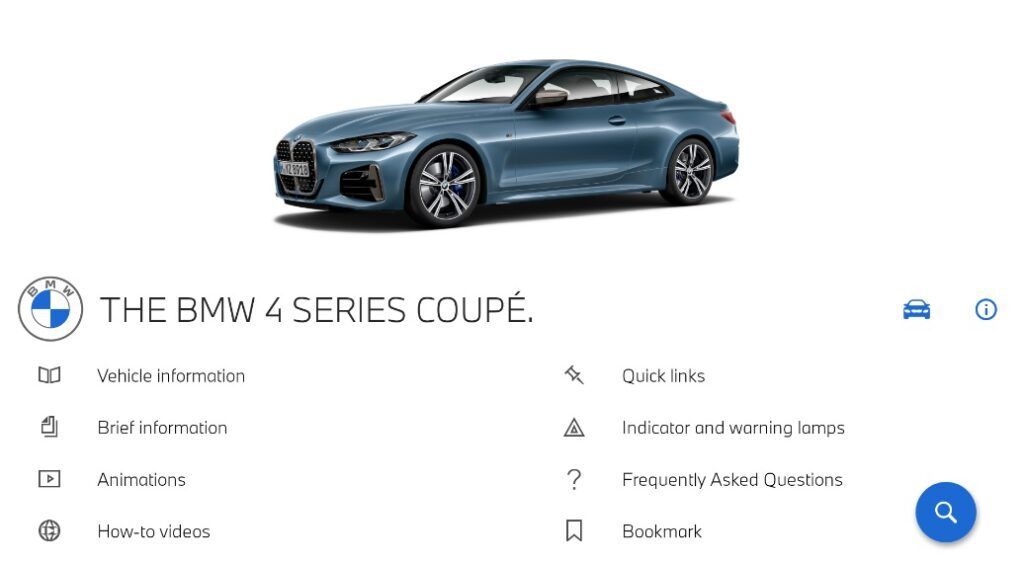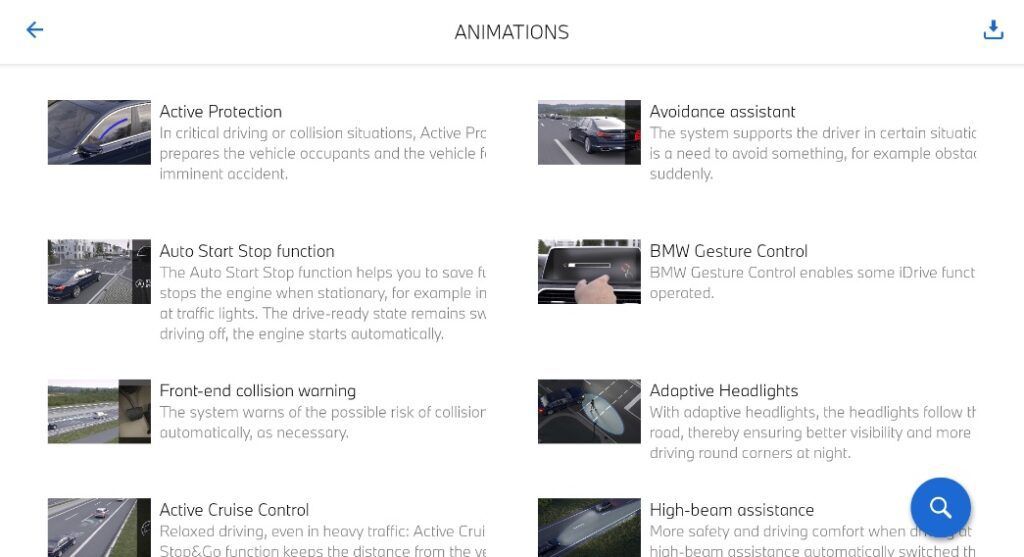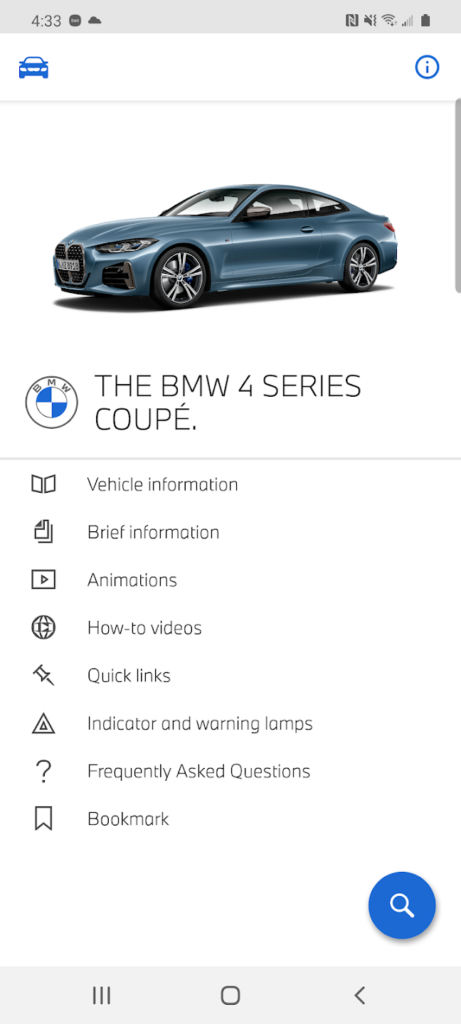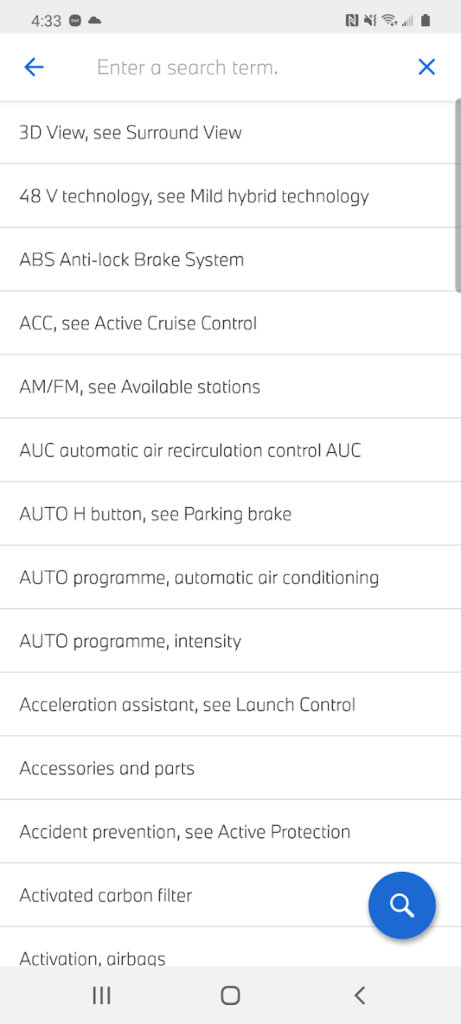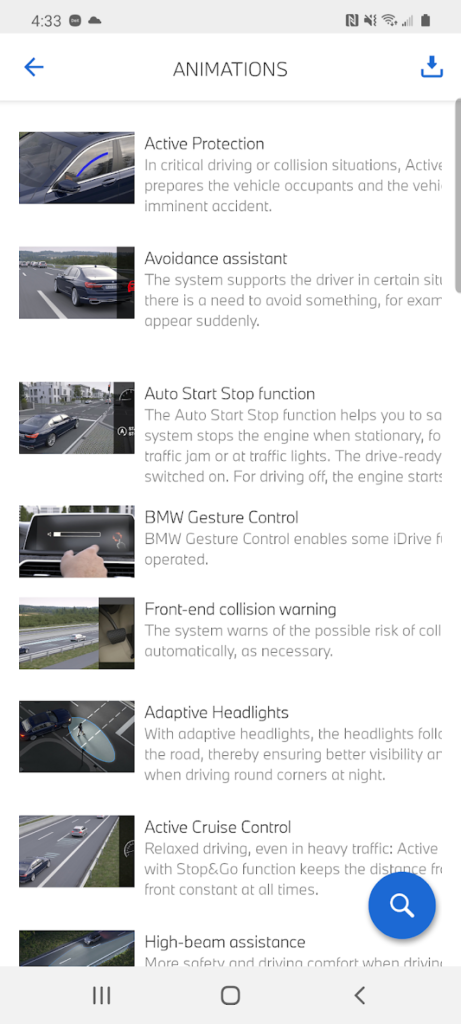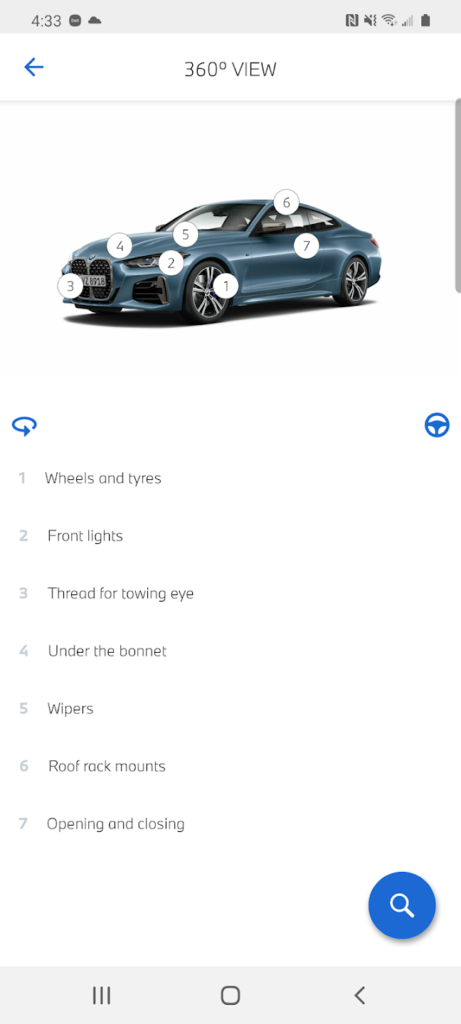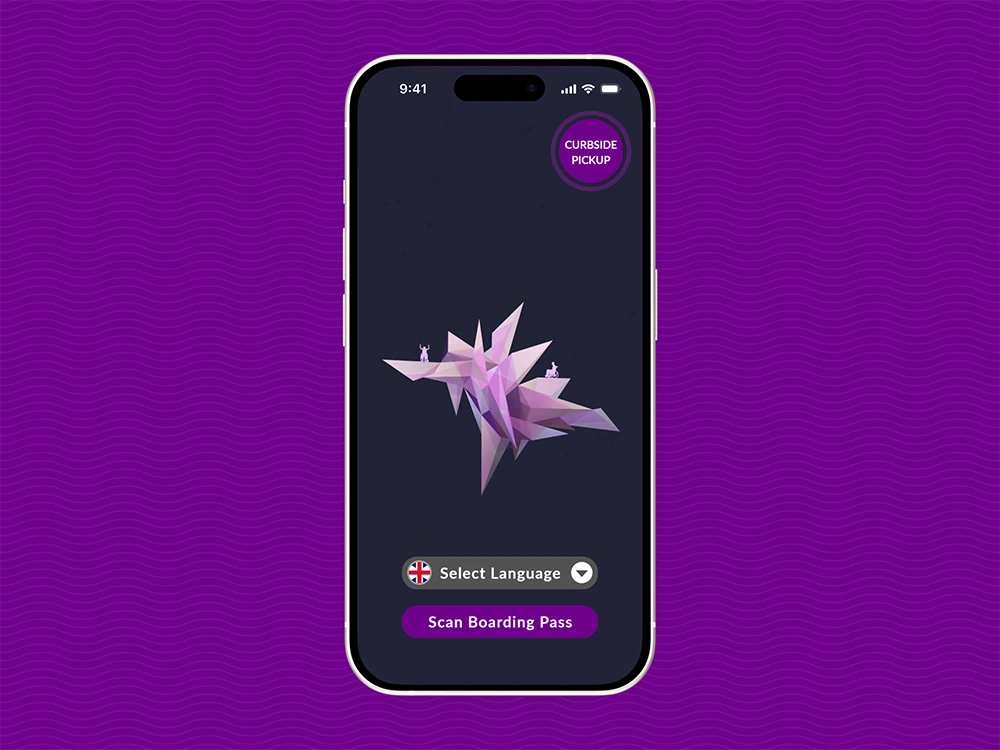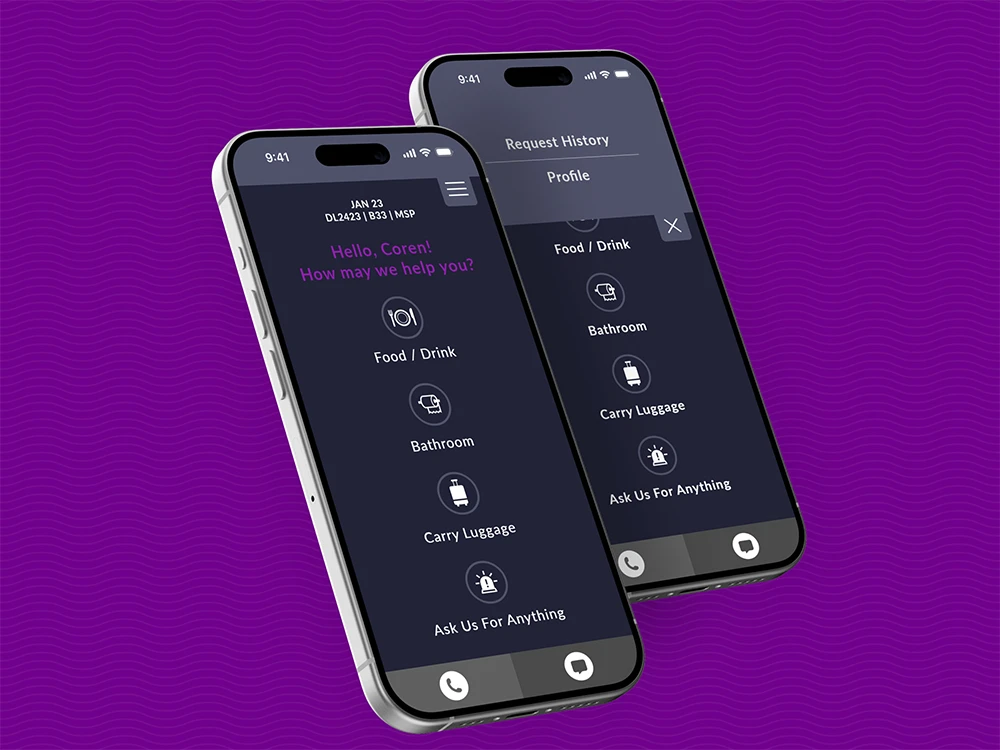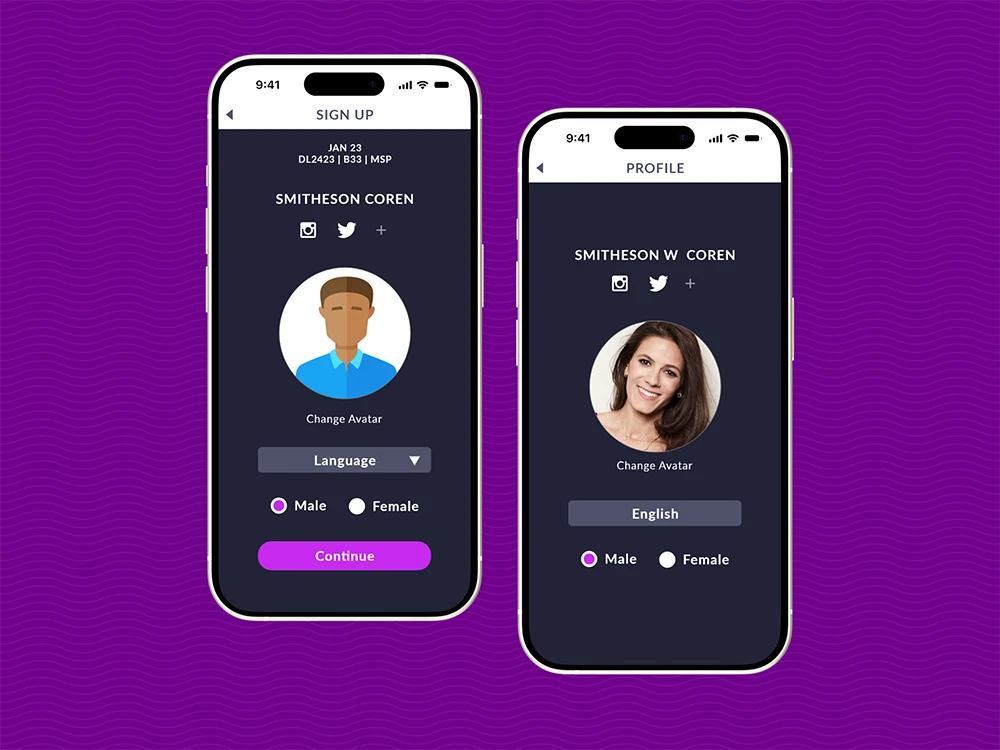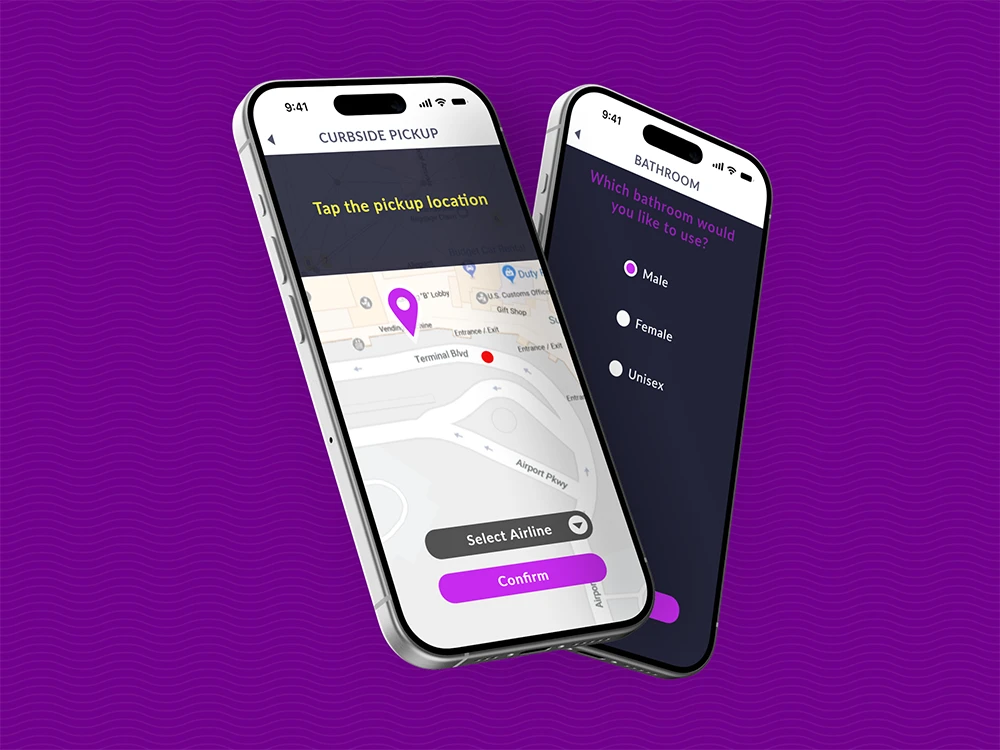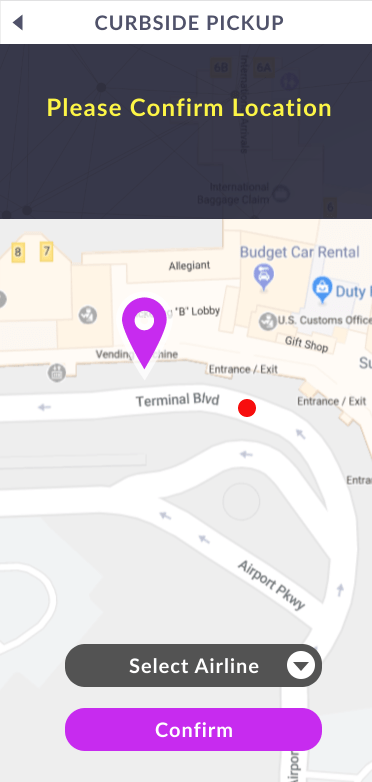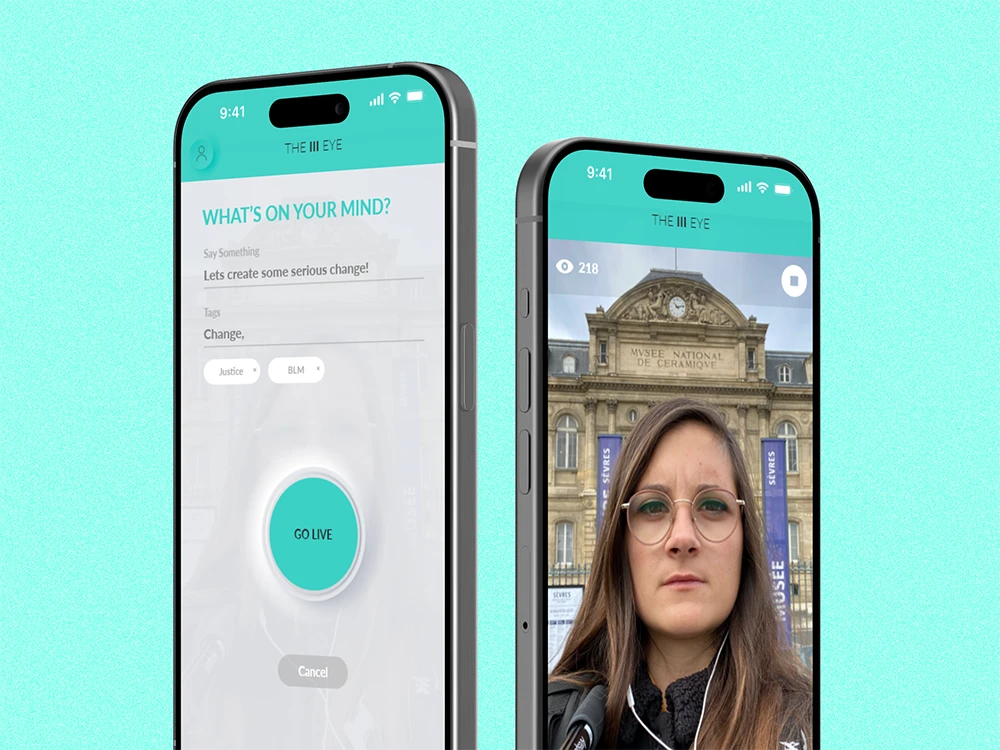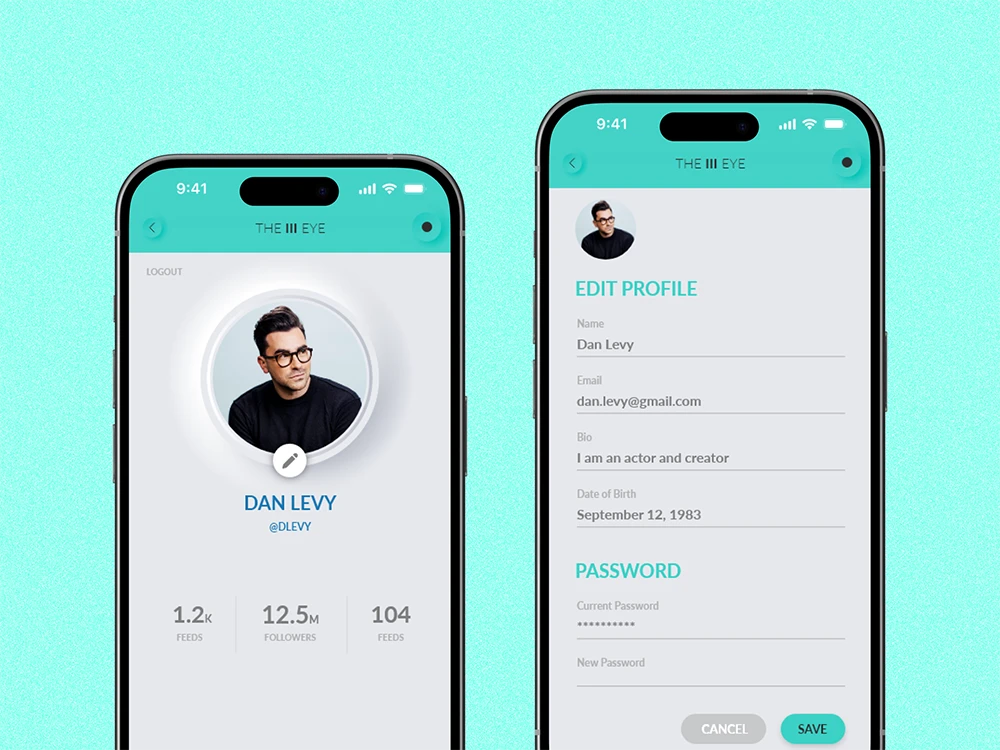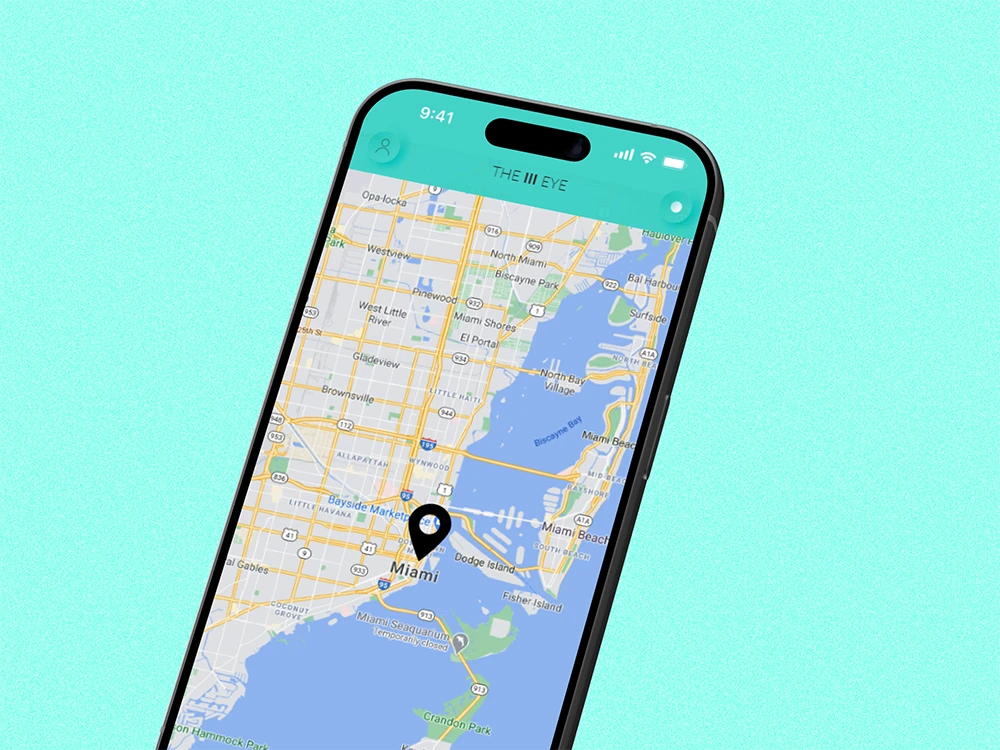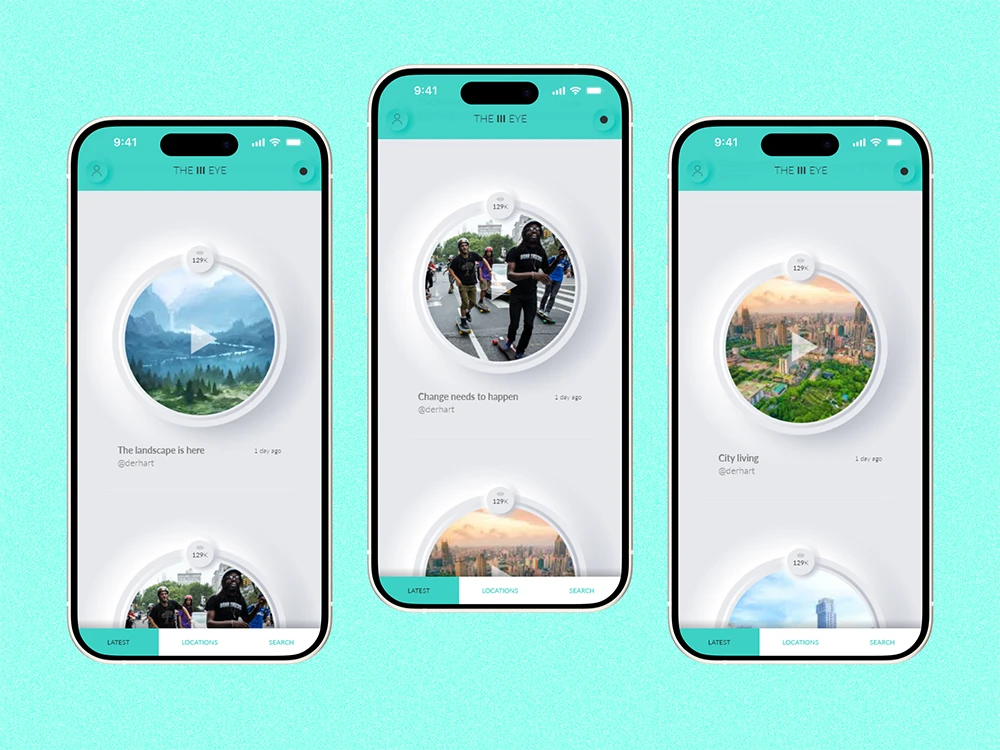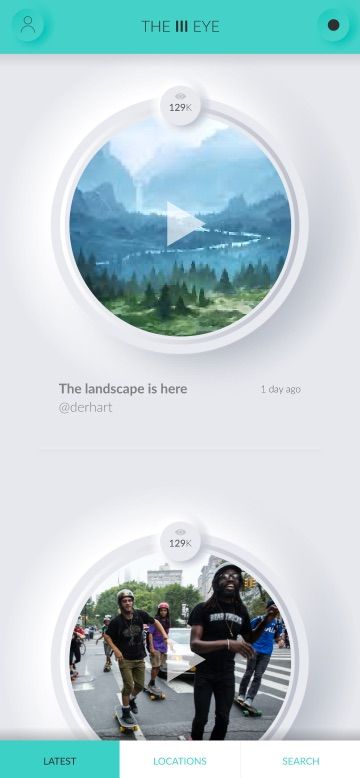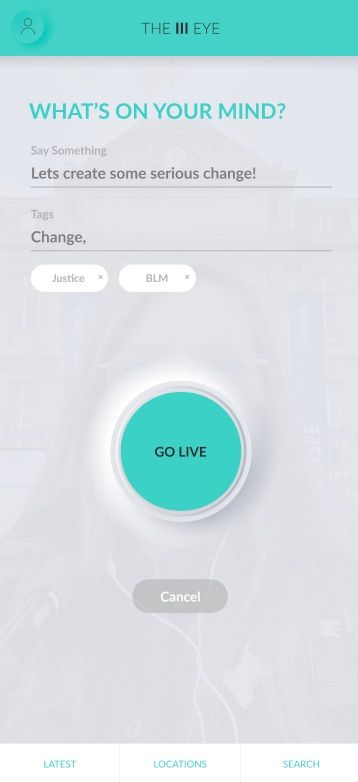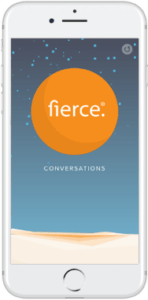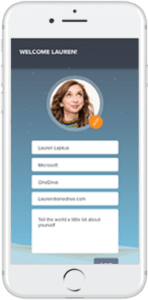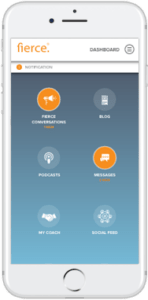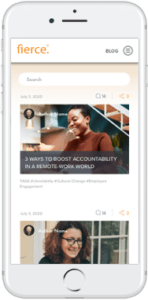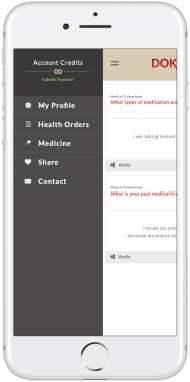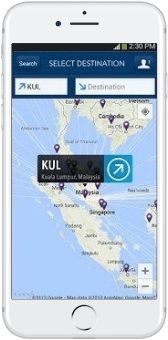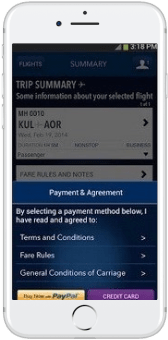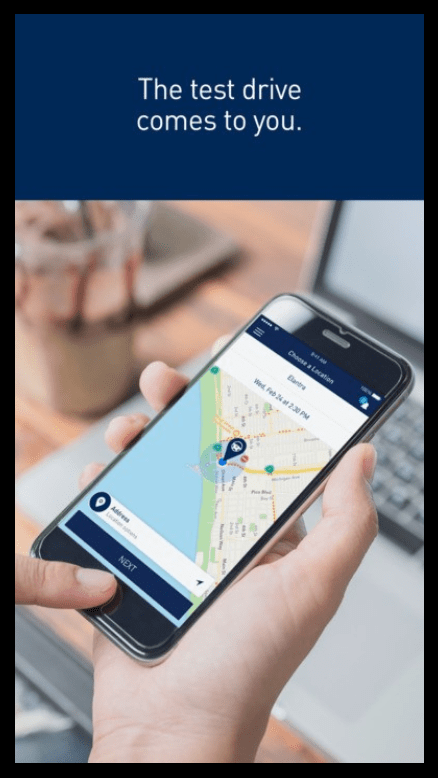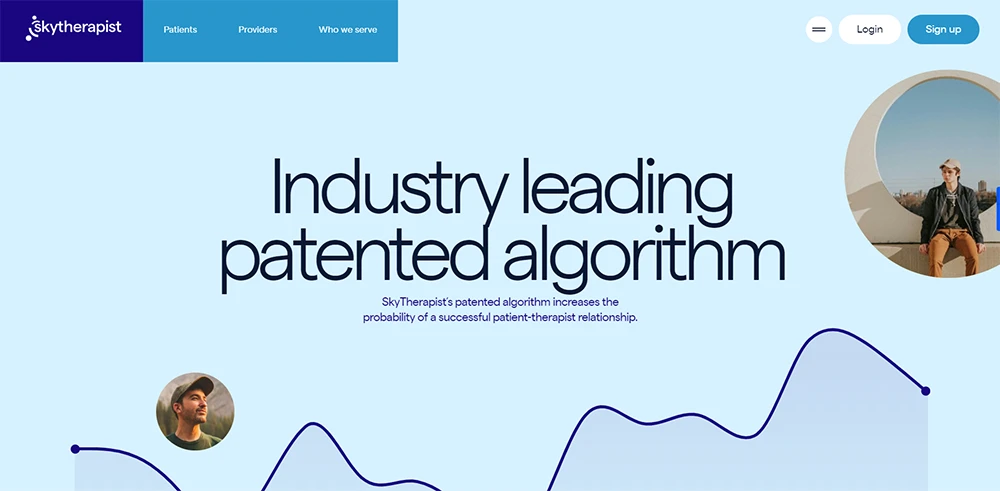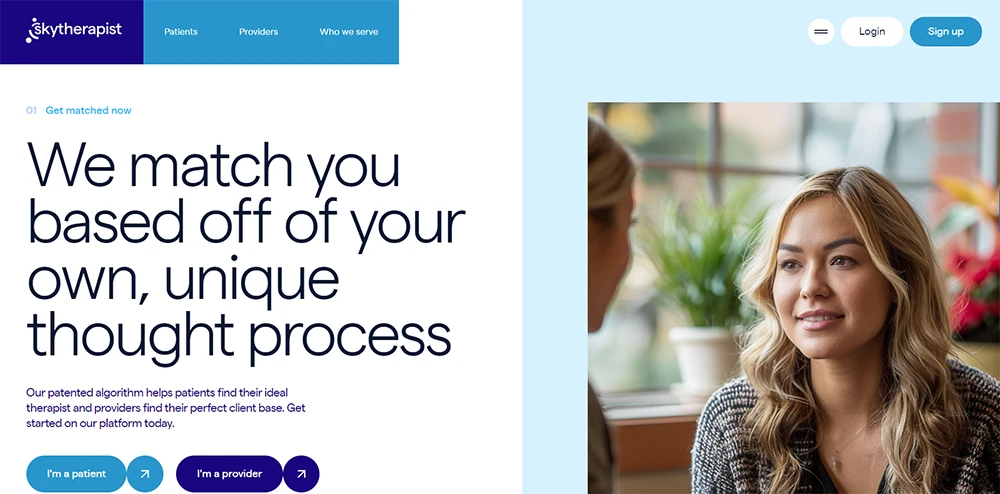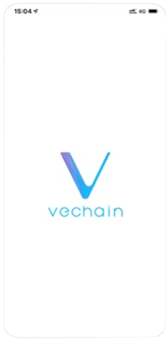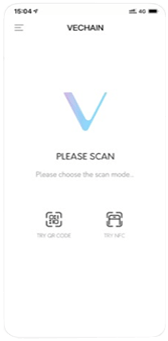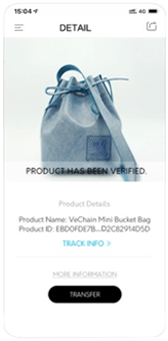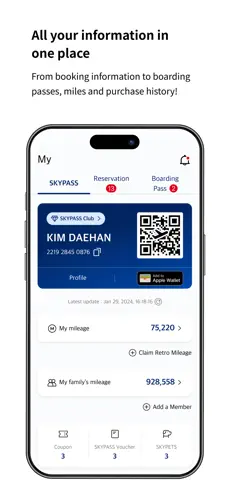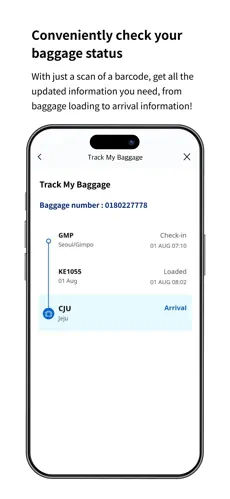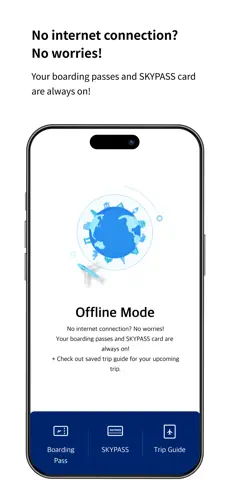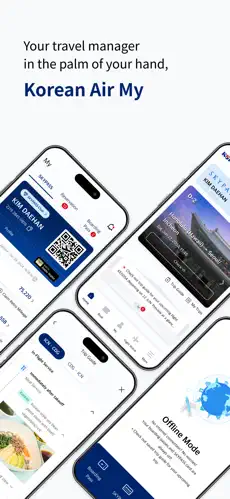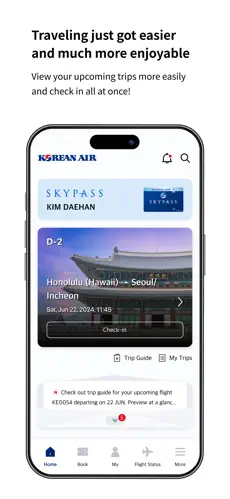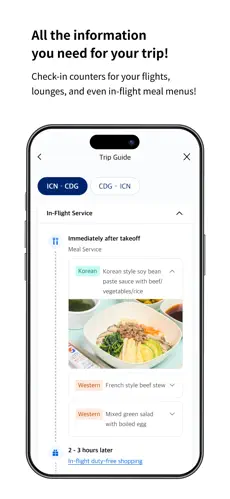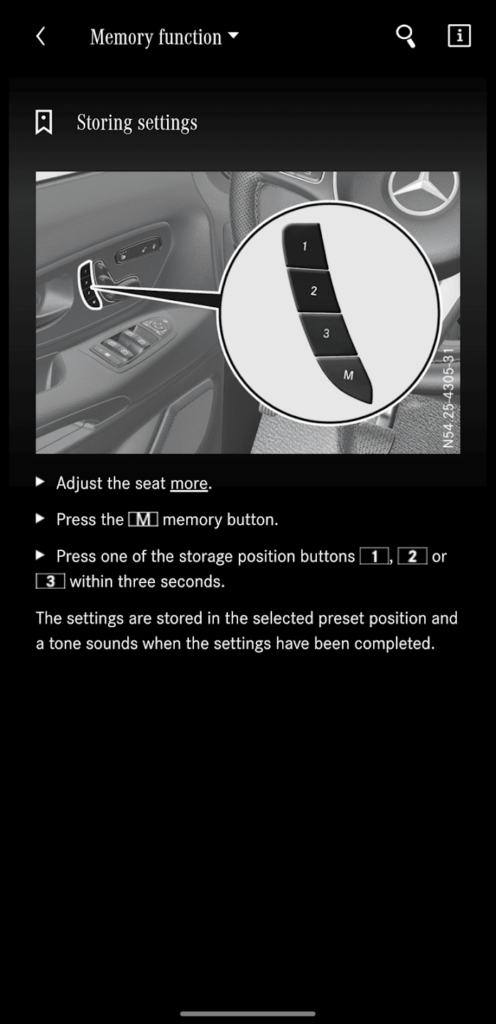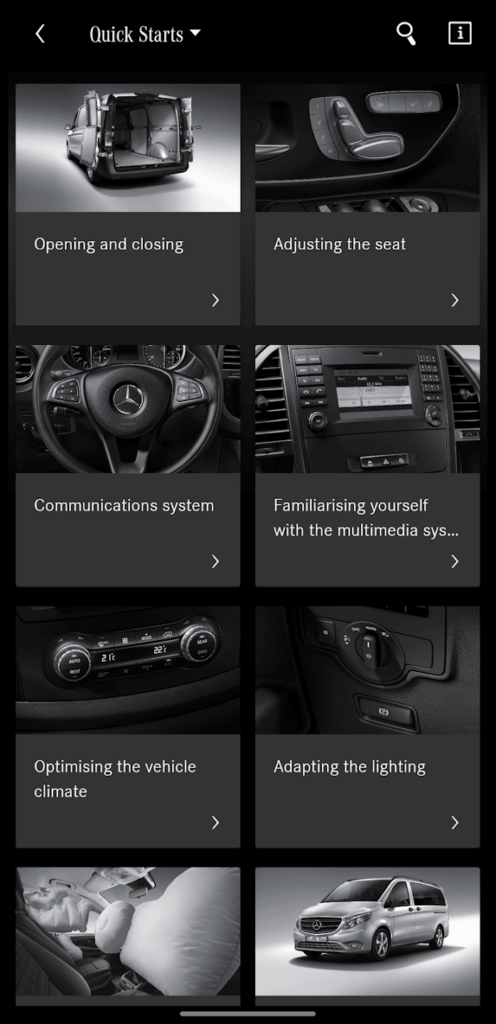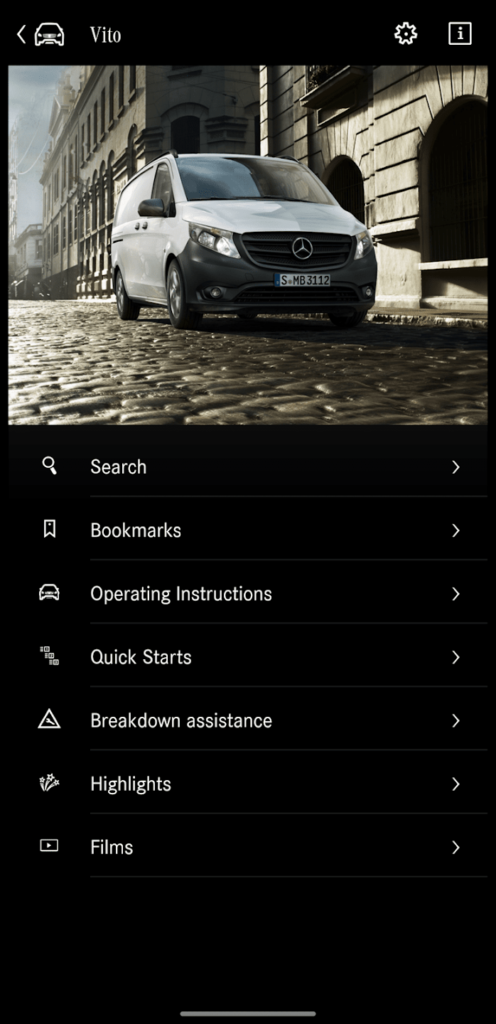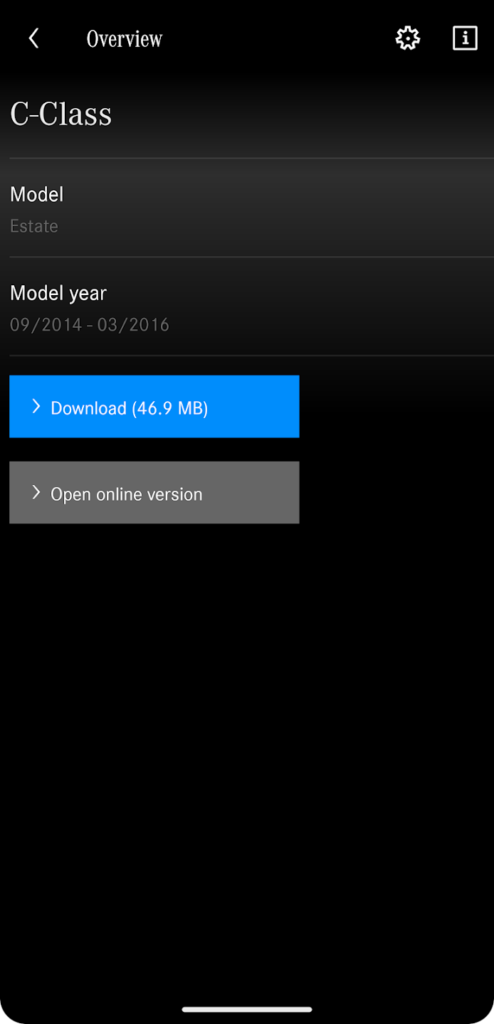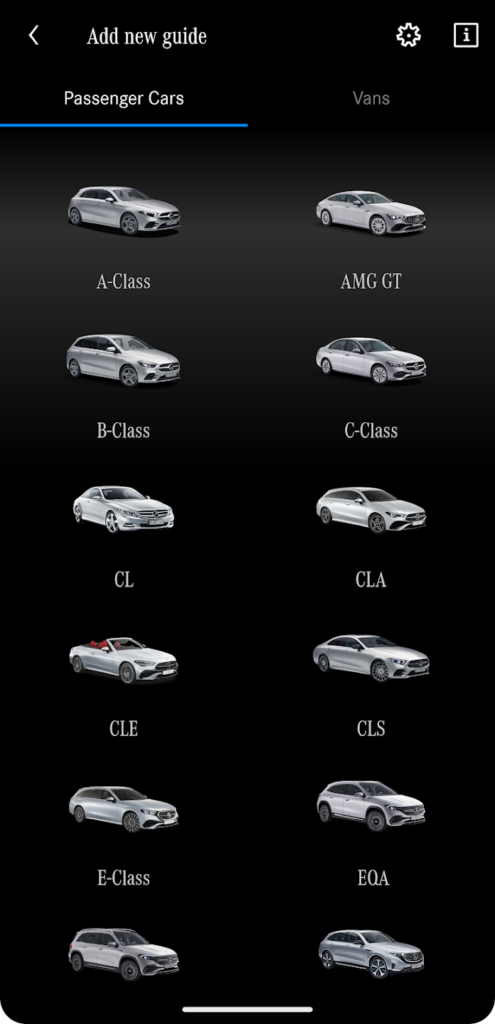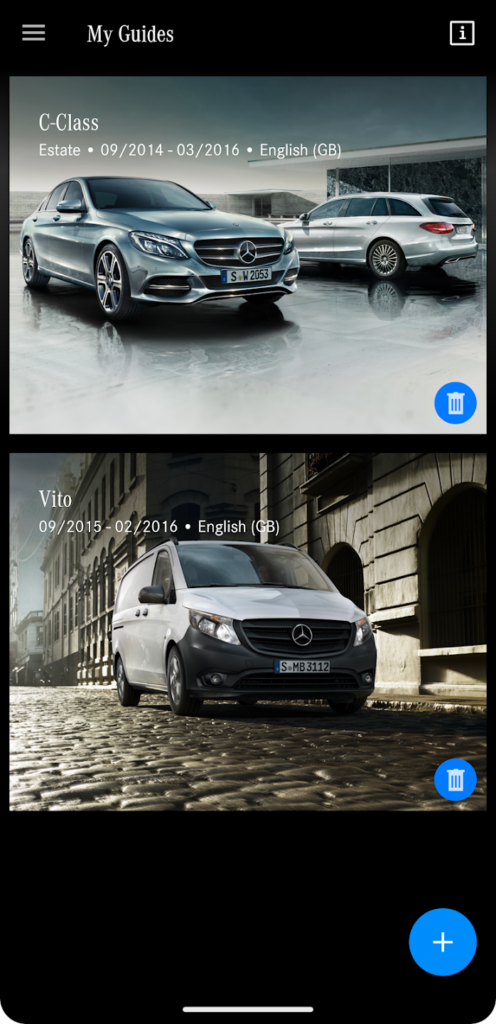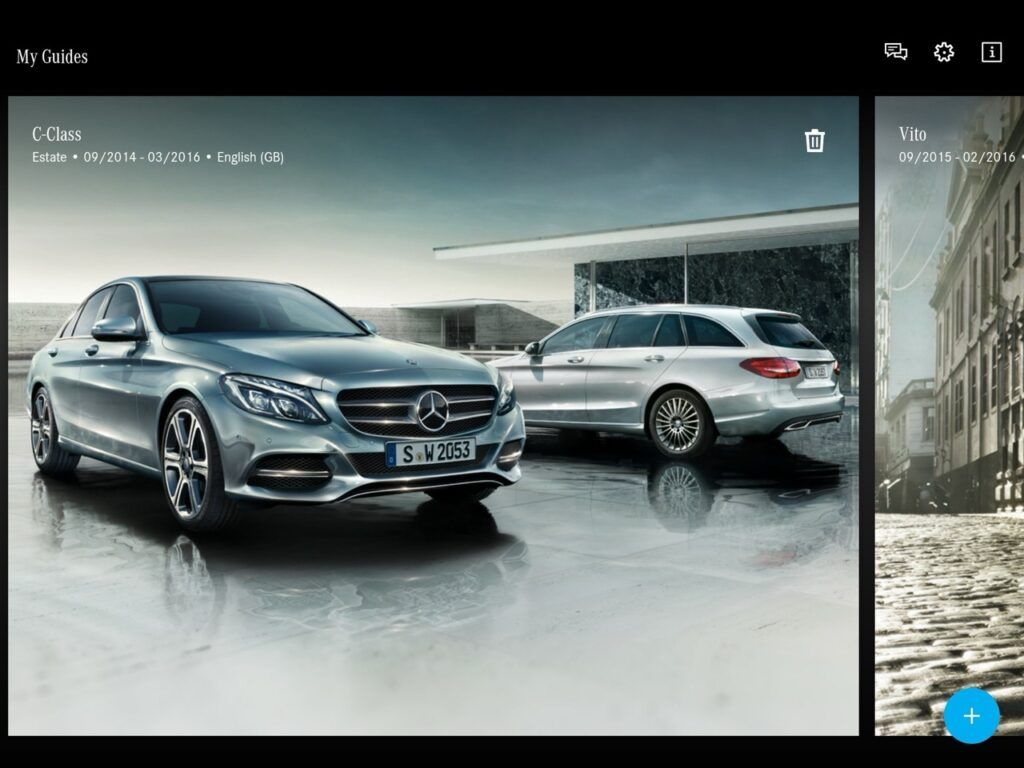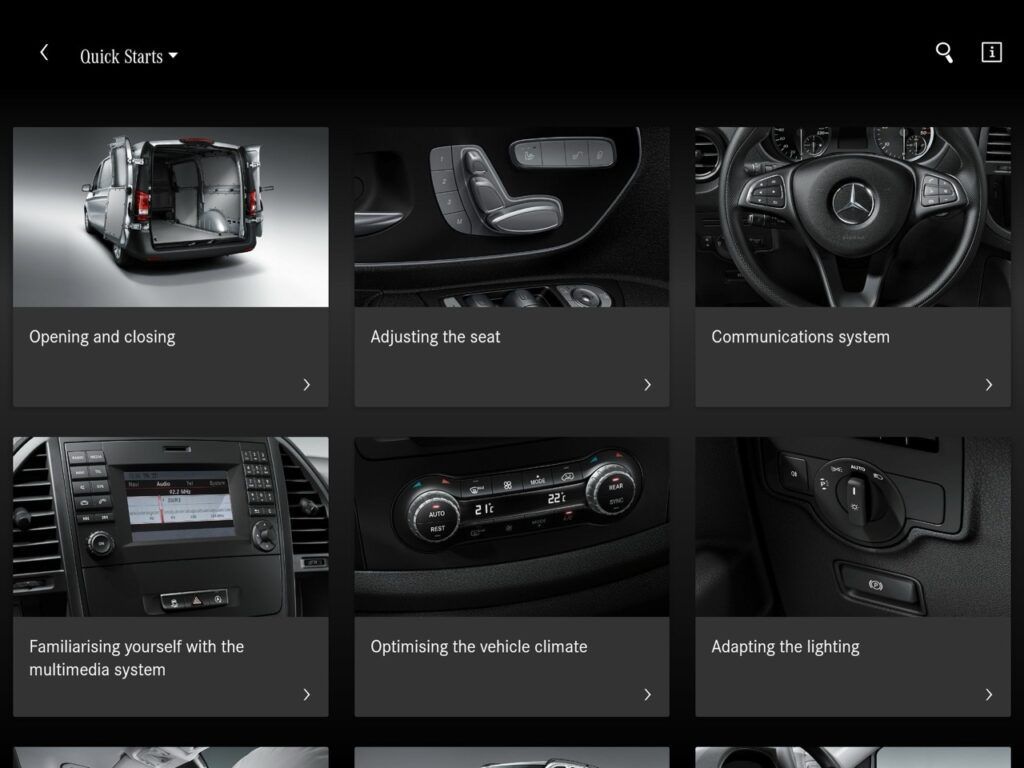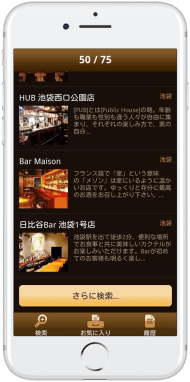How to Influence Influencers
Summary
In this article you’ll learn
— Why influencer marketing is important
— How to identify influencers
— How to make initial contact with influencers
— Strategies for getting what you want
— The details of the few available outreach studies available on influencer marketing
Developing online visibility to sell your product or service, whether it be through search engine optimization, social media or other sources, is very difficult. Anyone who has actually tried it will tell you that. But there is a shortcut available. It’s called influencer marketing.
Influencer marketing is the process of forging strategic relationships with people that can greatly accelerate the process of getting your online brand visibility, traffic and ultimately, sales.
These are the people in your niche that have already made it. They have traffic on their site, Facebook page, or YouTube channel. They are already loved by Google. The point of influencer marketing is then to appease these web celebs in any way possible so that they can share some of that online love with you.
Here’s our quick crash course on the subject. Enjoy!
Why do I need influencers?
There are a number of common ways in which influencers help you. They can:
— Write a guest post. This will create additional content for your site. Also, the influencer’s fans will then visit your site, possibly buying something from you but helping your traffic and exposure in any case.
— Introduce you to another influencer.
— Give you a link. This is INVALUABLE for SEO.
— Give you traffic. By directly mentioning you, or linking to you, they can literally drive hundreds of thousands of people depending on how famous they are.
— Create social signals. By pointing their spotlight on your web property, they will create an uptick in retweets of your content, “likes” of your Facebook page and other valuable social signals. These will help you turn into a social media success.
— Create trust and authority. If you are a new brand in an industry that requires trust then this can be very important. Imagine you just opened up a brand new online shoe store. No one knows about you. Why should they trust you with their credit card info? Yet if the next day, someone’s favorite blogger started writing about your shoes, their audience would have no hesitation about buying one.
How to identify influencers
The first step in influencer marketing is building a list. The list should contain:
— The name (first and last) of the influencer.
— The URL of the influencer. Whether this be a YouTube video, Facebook page, their blog, or their personal website.
— The PageRank of the influencer’s website, if applicable. The higher their website’s PageRank, the better the influencer will be for you from an SEO standpoint. Use this tool to check PageRank: http://www.prchecker.info/check_page_rank.php
— The estimated reach of the influencer. This can be defined in a number of ways: The total views on their YouTube channel, number of Twitter followers, traffic estimates from www.alexa.com (warning: These are not very accurate), number of Facebook likes, number of comments and other metrics.
— As much contact info about them as you can get your hands on. Don’t be afraid to go stalker…er…”social researcher” here: Facebook profile, email, LinkedIn, YouTube, phone number, everything is on the table.
The Search
In order to identify the right candidates, conduct research using keywords or concepts that are appropriate for your business.
For example, if you’re selling health foods, anyone who is in the holistic health or fitness space might be a good influencer for you. Try brainstorming all of the variations that may be relevant. If I were to start the search for a health foods business, I would check out farming, yoga, nutrition, dieting, meditation, exercise, organic, vegan, vegetarian, Chinese medicine and more. These fields have varying levels of significant to the original term, but it doesn’t matter. They’re close enough to be relevant.
When you search for influencers, make sure to search:
— In the regular Google search box
— In the Google blogs section
— In Facebook
— On YouTube
— On LinkedIn
Sooner or later, you will come across individuals who run blogs, have videos and clearly have a pre-existing audience you can tap in to.
Next…the contact
In Spy Games, Robert Redford’s character, a CIA handler named Nathan, told his trainee (Brad Pitt) he had 5 minutes to ascend the stairs of an adjacent building, meet a total stranger, and start drinking tea with them on the balcony– in full view of Redford.
The agent did it WITHOUT the help of the internet. The movie never explained how it was done but given the character we can assume it was some combination of avarice, manipulation, intellect, flirtation, charm and raw magnetism. That’s the same enigmatic formula you will have to follow if you hope to court your influencer…
Start by making initial contact: Read their stuff, watch their vids, add them on LinkedIn, FB, Twitter. Leave comments on their blog and make yourself generally known; a vital contributor to their community. Don’t say a word about yourself, just post in response to their content. Keep this up for a few weeks at least and
Then…it’s good ol’ fashioned courtship
As with love, influencer acquisition is best done in stages of courtship.
On the first date, you will comment on the influencer’s blog post, YouTube video or Facebook page. This is also the research phase. Find out their interests from social media and try to optimize your future email titles to be in line with this.
The second date will be about suggesting real value and making a tactical pitch. This phase is also devoted to getting a more trusted line of communication, such as their primary email or phone number.
The third date is the proposition to collaborate.
The 2nd date…an evening of charming manipulation
I won’t attempt to list all of the successful “second date” manipulation tactics out there, but I will take you through a few that I’ve personally done (or thought of) and that I KNOW work.
1) Guest posting: Every blog needs some good content, and you can only generate so much on your own. The strongest blogs have a community of contributing users. Wise influencers, such as the ones you will be courting, know to pay attention to their biggest fans…in this case, you. The guest post maneuver as an initial contact that looks something like this:
Hey Jeanine,
My name is Kirill, I came across your blog from a Google search for the keyword “business women.” I think your blog is a cool community and just a really good idea in general. I am writing a few articles for school and was wondering if I could feature one of them in your blog sometime…here are the topics I am covering, let me know if any of these pique your interest.
Why are there so few women in the American tech industry?
The world’s highest paid women: Who they are and how they got there
Power tips from Arriana Huffington, the internet’s most powerful woman
I’m going to start writing this weekend when me and the folks are up at the Salton Sea so (preferably) drop me a line before then!
2) Broken links: Here we leveraged our SEO background to get some contact with the webmaster of our target sites. It was pretty simple, really. All we did is take the sites we liked and ran a Xenu Sleuth broken link report. Then we contacted them and said we ran the report and would they like to see it?
3) App development: This one is a little more labor intensive but boy does it work. You develop an app and make it embeddable. Then you go around offering it to people. We did a pretty good job leveraging this one when we needed influencers in the construction business.
We created an app that calculated r-value for insulation. It took a number of inputs such as size of room, temperature, environment, soil temperature, time of year, and others, and gave the contractor the r-value of the wallboard they should use for a particular project. It’s a nifty tool and many of them were happy to have it embedded in their site. In return, we got access to their audiences, Facebook walls, YouTube accounts and blogs.
4) Giving gifts: Giving gifts can be creepy yet devastatingly effective. Check out this outreach technique we used for a dating site. This was sent to a female blogger who blogged about her experiences at NYU: Random hook-ups, long-nights out and the drama of being a sophomore with no particular purpose in life. She had about 90,000 visits/month to her site and 400k YouTube views. This was sent by our female intern, Joanna:
Hey honey, love your videos. My boss gave me this outreach budget so I guess now I can afford to send random goodies to bloggers whom he wants to “appease,” as he likes to say. I’ve been following your blog before I got this job and think it’s hilarious. You also seemed kind of sleepy in your last video so I’m going to let you choose between a pound of Trimeria organic coffee (from Brazil) or this six-pack of Angry Scotsman Scottish ale you can share with your highlander-looking friend, Benny.
Joanna also attached pics to this email. Needless to say this turned into a relationship we leveraged for links and audience. (Oh, and in case you were wondering, Benny was this girl’s latest flame.)
5) The soft sell
In the 1959 classic, 12 Angry Men, Henry Fonda’s character wins over a hung jury, of which he is a member. 11 people thought the suspect was guilty and Henry was the sole holdout. By the end of the film, it was 12-0 in favor of not guilty. How did he do it? Not by asking them for their vote right away, that’s for sure!
He mastered the soft sell, also known as the soft pitch. He started by asking them random things, like what they thought about life, about their families. Here is an example of the (sometimes conniving) soft pitch we used in combination with the broken link technique.
Electric web: Hey my friend is interested in possibly buying some of your fuel injector cleaner, do you guys ship to Canada?
Target: Yes, we offer shipping there.
Electric web: Great, by the way I noticed something funny about your site, can you put me in touch with the person who manages your site?
Target: That would be me, what seems to be the problem?
Electric web: Oh, I just noticed broken links here and here. I attached a report for you.
And it all started from there. Then we got a link from the guy for our help!
6) Just total wackiness! Sometimes, just the most off-the-wall approach will be enough to get attention. Here is an example of an outreach letter we sent to the web’s most popular mobile app blog.
I’m homeless but I like coded this app in 2 days do you want to see it?
To our chagrin, they bit! 2 months later we got a link from literally the best possible link target we could ever hope to reach.
7) Create something about them: This is an old school strategy but it still works great. Writing a story, including them in a “who’s who” or adding them to some kind of infographic or video is a great way to segway into meeting them. We were able to get in touch with a top sex blogger for a client who managed a very popular dating website by writing a series of fiction stories about the influencer. It made some interesting content and got her attention!
8) Virtualization: This is probably one of the weirdest tactics on our list. Services such as sitepal.com offer to completely virtualize a photo and turn them into a talking avatar which tracks your mouse movements and can even respond to questions for just $10/month. A quirky technique I recently thought of that I hadn’t even had the chance to try yet, is to take an influencer and virtualize them… Then see what they have to say about it. How can you possibly NOT link to a living virtual avatar of you on the web.
9) The simulacrum
In 2005, Randy Garner performed what was, to me anyway, a historic study. He sent out thousands of commercial offers in a direct mail campaign, which is a lot trickier than trying to get people to care online. He did four groups. The first group received letters from just an ordinary (made up) guy: “Harold Rogers.” “Harold” made them an offer for a financial services instrument.
The second group of people received letters selling the same thing from a person with…a similar name as them…
The third group of people received letters from someone with a similar age, occupation, and race as them…
And the last group received a letter from someone with a similar name, age, occupation AND race as them. He sent out 4688 letters in total.
Which group do you think had the highest response rate? Creepily enough, it was the last group.
This study is what prompted me to invent the “simulacrum” strategy, an online version of the famed Gardner study; A fake online identity that mirrors the influencer in attempts to gain their favor and trust. Preliminary evidence on a live campaign we are doing now seems positive, but we can’t be sure until we test it again against the control. Will keep you posted!
Influencer outreach studies
Unfortunately, very few reliable influencer outreach studies have been performed. Of the ones that were, here is a quick digest.
— The gender dynamics study. Owl Purdue performed a study of online outreach by gender. They found conclusively that women are 44% more likely to get a positive response then men. Not surprising given people with most internet clout tend to be men. Of course, this is across all markets. Some projects do require a man. Try to intuitively sense which gender dynamic would benefit you most.
— Job title study. Owl Purdue performed another study a year later about job titles to see if people responded better to “everymen” or people with important-sounding job titles. They found that it didn’t really matter. Important job titles got about 2% more responses, barely enough to beat out the margin of error.
— Timing study. Stanford grad students studied outreach and timing, breaking it up into morning, day and evening. Evening outreach did about 11% better than morning or day.
— Customization. Stanford students in the same study looked at customization of outreach. Not surprisingly, they found a 28% improvement in response for customized outreach versus slightly personalized.
— Persistence: A study conducted by Distilled and published on Seo MOZ showed the following data
Common sense
Before I wrap this up I just want to say, make sure your outreach contains common sense elements such as:
— Your real first and last name in the signature
— Your primary email and phone number in the signature
— Links to social media profiles and website so we know you’re a real person
— A follow-up proposition such as “when can we touch base about this again?” This is to convince your target you are not trying a “hit and run” outreach
— Introduce yourself in the first sentence
— Brevity (no one likes a long email)
— Personalization (for heaven’s sake, don’t use boiler plate. Take the time to write a normal email.)
Thanks guys, that’s all. Let me know your thoughts in the comments section below.








